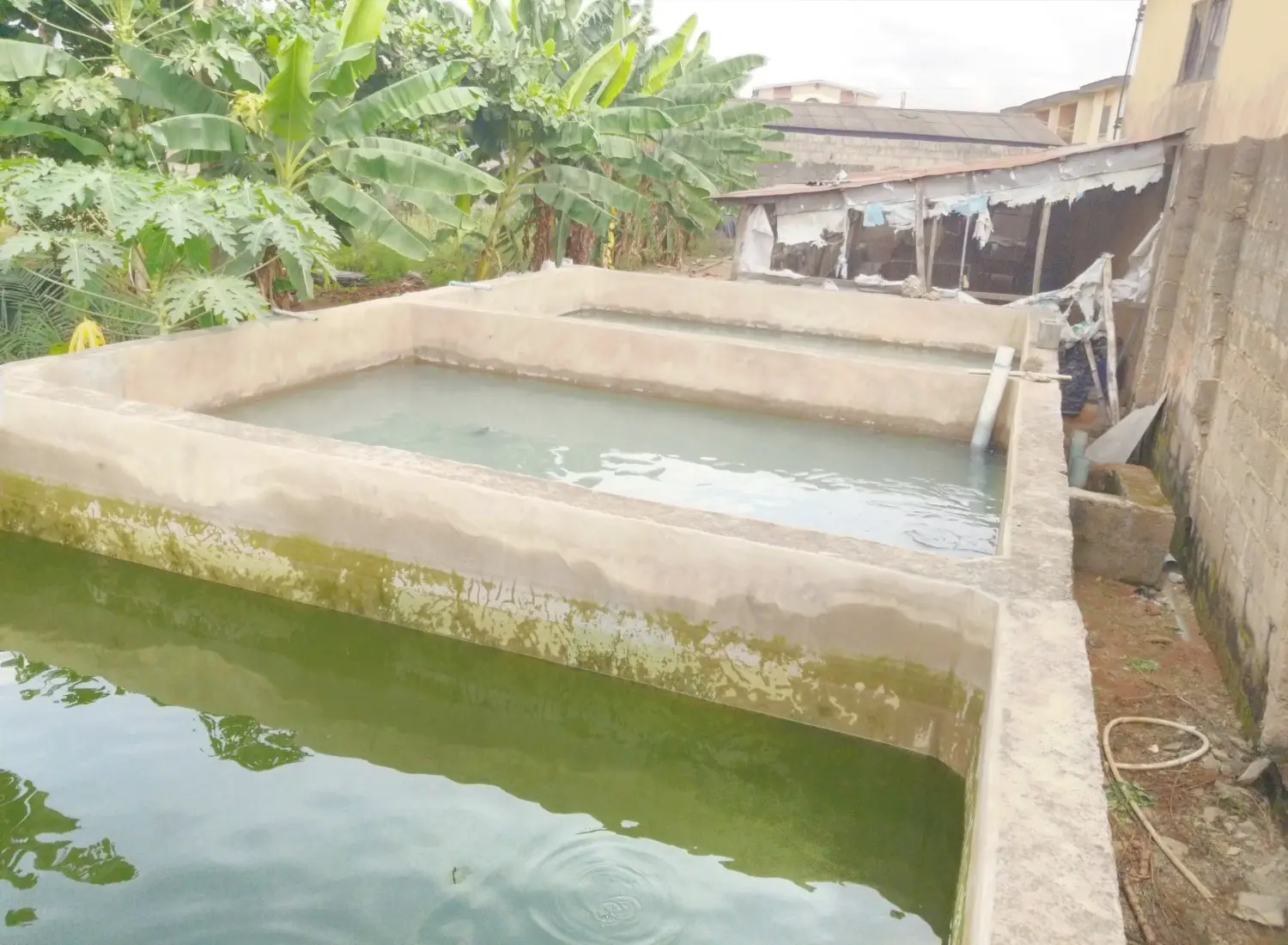As a landscaper, I’m often asked by clients what kinds of ponds they can build in their backyard Ponds come in all shapes and sizes, and each type has unique characteristics. In this guide, I’ll walk through the main categories of ponds so you can decide which is best for your landscape vision
Natural Ponds
Natural ponds form when rainwater or groundwater collects in a depression on the land. They have soft irregular edges that blend into the surrounding terrain.
Natural ponds support diverse wildlife like frogs, turtles dragonflies and waterfowl. They require minimal maintenance since they maintain their own ecological balance. Their natural appearance lends itself well to rustic landscapes.
Constructing a natural pond involves mimicking nature by digging a freeform depression and lining it with flexible rubber. The edge can be finished with native rocks and plants. While natural ponds appear wild, careful design is needed to sustain the ecology.
Fish Ponds
Fish ponds are designed to provide habitat for fish like koi, goldfish, and bass. Keeping fish requires special considerations like adequate depth and biofilters to handle their waste.
Fish add movement and color to water features. However, they also limit plant options since they will eat many aquatic plants. And predator fish like bass will eat smaller ornamental fish.
Fish ponds must be well-constructed with sufficient volume, good filtration, and proper winterization to keep fish healthy year after year. Feeders and nets are needed to care for the fish. Maintaining good water quality is vital.
Koi Ponds
Koi ponds are a specialized type of fish pond designed for keeping koi, which can grow over 2 feet long. Koi need at least 200 gallons per fish, so sizable ponds are required.
Being cold water fish, koi require ponds at least 6 feet deep to avoid winter freeze. Their waste output necessitates robust biological filtration. Owners should be prepared for frequent testing and maintenance.
Koi ponds typically have minimal aquatic plants since the fish will eat most of them. The architecture is also more formal, with straight lines and decorative stonework. Koi themselves add drama with their large size, bold colors, and shimmering scales.
Mini Ponds
Mini ponds are small, decorative water features ranging from tabletop fountains to ponds of 100-300 gallons. Their compact size allows them to fit on patios or in other landscapes with limited space.
Mini ponds offer a budget-friendly way to enjoy a water garden. Many contain integrated basins, filtration systems, and lighting, simplifying installation. Shallow ponds work best for growing aquatic plants. Moving water can be added with small tabletop fountains.
Mini ponds require frequent maintenance because their small volumes are prone to rapid changes in temperature and chemistry. But they provide big visual impact with minimal commitment of time, money, and yard space.
Mirror Ponds
Mirror ponds have completely flat, reflective water surfaces that mirror their surroundings like glass. They achieve this effect through careful construction and special fountains that don’t ripple the surface.
The mirror effect works best on small ponds surrounded by ornamental plants and architecture. While visually striking, debris is highly visible on mirror ponds, so frequent skimming is a must. Plants that sprout tall orinvasive species also need prompt pruning.
Creating a mirror pond requires precision when leveling the bottom and edging so water sits perfectly even across the surface. Fountains and waterfalls must push water smoothly into the pond to avoid ripples. The high level of maintenance limits mirror ponds to relatively formal settings.
Ornamental Ponds
Ornamental ponds emphasize aesthetics over ecology. They have formal shapes and decorative edging materials like stone, tile, or concrete. Fountains and waterfalls add visual flair. Plants are limited to keep the architecture the main focus.
Homeowners often request ornamental ponds to match a pool or complement formal landscapes near the home. Maintenance is higher, especially for keeping the surface debris-free. Ornamental ponds offer maximum design flexibility to coordinate with homes and landscapes.
Plant Ponds
Plant ponds are designed to provide the ideal environment for growing all kinds of aquatic plants. They may include marginal shelves, varying depths, and nutrient-rich soil.
Plant lovers can cultivate exotic water lilies, irises, lotus, and other species matched to specific pond zones. Nevertheless, plant ponds still require balance to keep algae in check. Selected fish can help control insects and algae.
Plant ponds allow creating vibrant underwater gardens bursting with color and textures, blooming from spring to fall. They offer a sanctuary for people and wildlife.
The Pond That’s Right For You
When deciding which type of pond to build, consider factors like your landscape style, budget, and maintenance commitment. Those favoring a natural look may choose a wildlife pond, while formal gardens lend themselves to ornamental ponds.

Types Of Pond Fish
FAQ
How many types of ponds are there?
What are the classification of ponds?
What is a man-made pond called?
What classifies a pond as a pond?
